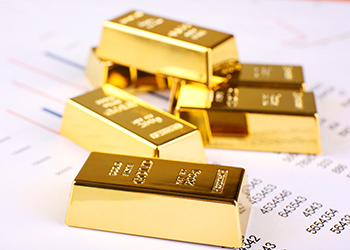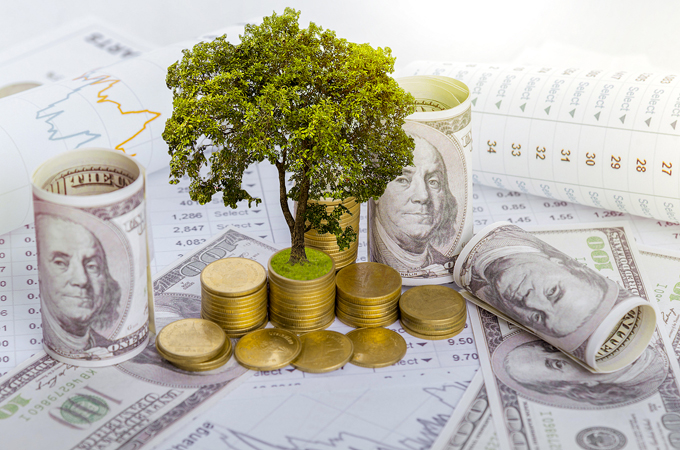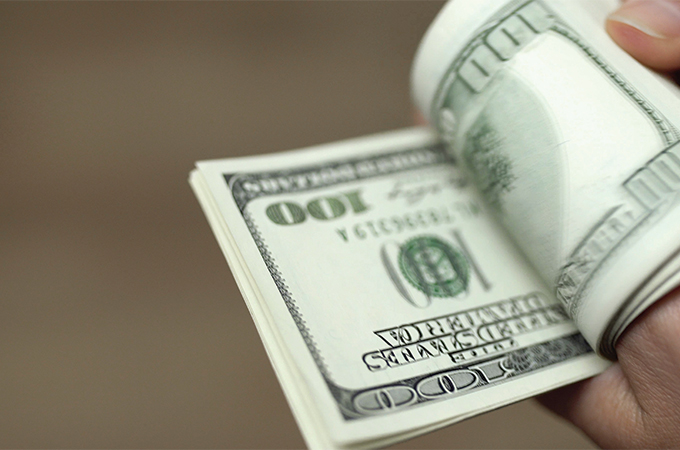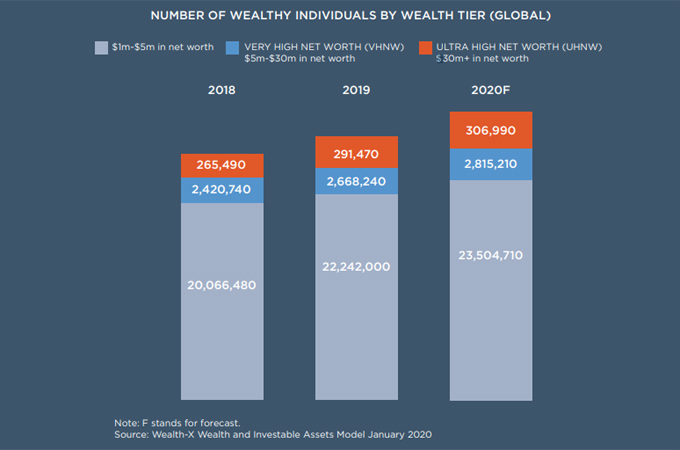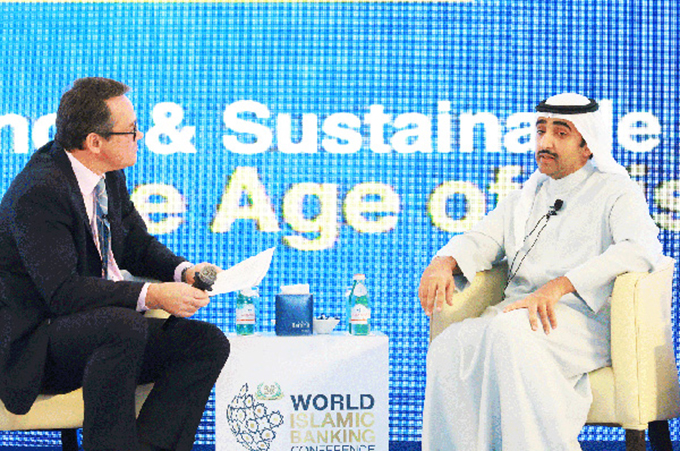Sun, Aug 30, 2015
Commodities face an uphill battle for the rest of the year with gold falling further and oil getting worse before it gets better, according to Saxo Bank.
“A broad basket of commodities has fallen to the lowest level in 16 years thereby wiping out all the gains that were made during the Chinese boom years during the first decade of this millennium,” says Ole Sloth Hansen, Head of Commodity Strategy at the bank.
“The main trigger for this weakness has not been due to slowing demand but more due to increased supply at a time where demand growth has failed to keep up. Rising production of key commodities from oil to corn and iron ore are currently not finding the demand needed and, as a result, new lower levels are being sought in order for the market to find a proper balance between supply and demand.”
GOLD
Financial as well as physical investors in gold have increasingly been looking elsewhere for investment opportunities, he says. “In July, gold hit a fresh multi-year low as selling from hedge funds and investors using exchange-traded funds intensified. The increase nervousness triggered by the devaluation move in China on August 10 however helped trigger a surge in short-covering and the market reached 1170. In the near-term gold will continue to struggle amid nervousness about what the US FOMC (Federal Open Market Committee) will do on interest rates. We see the risk skewed to the upside as raised market uncertainty and falling emerging market currencies and stocks will increase demand for alternative investments. Our end of year forecast remain unchanged at $1,275 and will only be revised lower should we see a clear break below $1,080.
CORN
Ample supply from North and South America should help fill up inventories for the coming winter so unless there is a last minute upset ahead of the harvest there will be a limited upside for corn, he says.
COPPER
A key gauge used by the market to decipher the level of activity is demand by China, the world’s biggest consumer of copper.
“As the worry about a bigger than expected slowdown in China has taken hold we have seen copper slide by one-quarter since May and it is currently priced at the lowest level since the 2009 recession. Global supply has been ramped up in anticipation of continued strong demand growth from emerging market countries, not least China.
“With that now hitting the brakes a response from producers in terms of slowing production has yet to materialize. On that basis we see the upside potential limited but will at the same time not rule seeing some additional stimulus measures being applied by China. We see copper recover from current low levels towards $5,500/ton at year-end,” he says.
SILVER
Its dual role as a semi-precious metal has hurt silver more than gold during the past few weeks and the ratio which reflects the cost of one ounce of gold measured in ounces of silver has moved higher to 78 which is the relative cheapest level for silver since the 2009 recession, says Hansen. With the outlook for industrial metals being one of a slight recovery before year-end he sees silver outperforming gold with ratio moving back towards 75 which, based on gold at $1,275, should put silver at $17/oz.
CRUDE OIL
Oil has to get worse before it eventually get better - that’s the current sentiment in oil markets, he says.
“Oil is suffering from chronic oversupply with Opec desperate to generate cash has ramped up production while the expected reversal in US shale oil production has yet to materialise. During the coming three months US refinery demand for crude will slow due to seasonal factors and this will lead to another increase in US inventories which currently stand some 100 million barrels above the five-year average.
“While it is generally believed that crude oil at $40 is unprofitable for many US producers the question is how soon we will see this impact in terms of lower production. Another concern that has emerged in recent weeks is whether the upbeat forecast for demand growth can be maintained given the current uncertainty related to China, the world’s largest importer of crude.
“Any down revision to demand growth will only increase the supply glut thereby leaving the exposed to further losses before production eventually is reduced.
By year-end we see WTI crude oil back towards $55 but it could be a very bumpy ride getting there,” he concludes.
Hansen is a specialist in all traded futures, with over 20 years’ experience both on the buy and sell side, and Saxo Bank is an online multi-asset trading and investment specialist, offering private investors and institutional clients a complete set of tools for their trading and investment strategies. Saxo Bank also offers professional portfolio and fund management as well as traditional banking services through Saxo Privatbank. Founded in 1992, Saxo Bank is headquartered in Copenhagen and has offices in 26 countries throughout Europe, Asia, the Middle East, Latin America, Africa and Australia.



